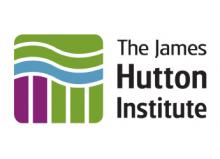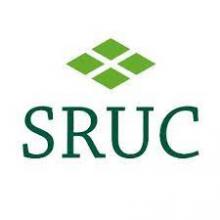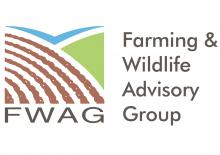Helaina I. J. Black, Mark S. Reed, Helen Kendall, Robert Parkhurst, Nicola Cannon, Pippa J. Chapman, Matthew Orman, Jenny Phelps, Hannah Rudman, Sarah Whalley, Jagadeesh Yeluripati & Guy Ziv (2022) What makes an operational farm soil carbon code? Insights from a global comparison of existing soil carbon codes using a structured analytical framework, Carbon Management, 13:1, 554-580, DOI: 10.1080/17583004.2022.2135459
Abstract
Soils have the potential to sequester and store significant amounts of carbon, contributing towards climate change mitigation. Soil carbon markets are emerging to pay farmers for management changes that absorb atmospheric carbon, governed by codes that ensure eligibility, additionality and permanence whilst protecting against leakage and reversals. This paper presents the first global comparative analysis of farmland soil carbon codes, providing new insights into the range of approaches governing this global marketplace. To do this, the paper developed an analytical framework for the systematic comparison of codes which was used to identify commonalities and differences in approaches, methods, administration, commercialisation and operations for 12 publicly available codes from around the world. Codes used a range of mechanisms to manage additionality, uncertainty and risks, baselines, measurement, reporting and verification, auditing, resale of carbon units, bundling and stacking, stakeholder engagement and market integrity. The paper concludes by discussing existing approaches and codes that could be adapted for use in the UK and evaluates the need for an over-arching standard for soil carbon codes in the UK and internationally, to which existing codes and other schemes already generating soil carbon credits could be assessed and benchmarked.







Discussion
Posted on LinkedIn